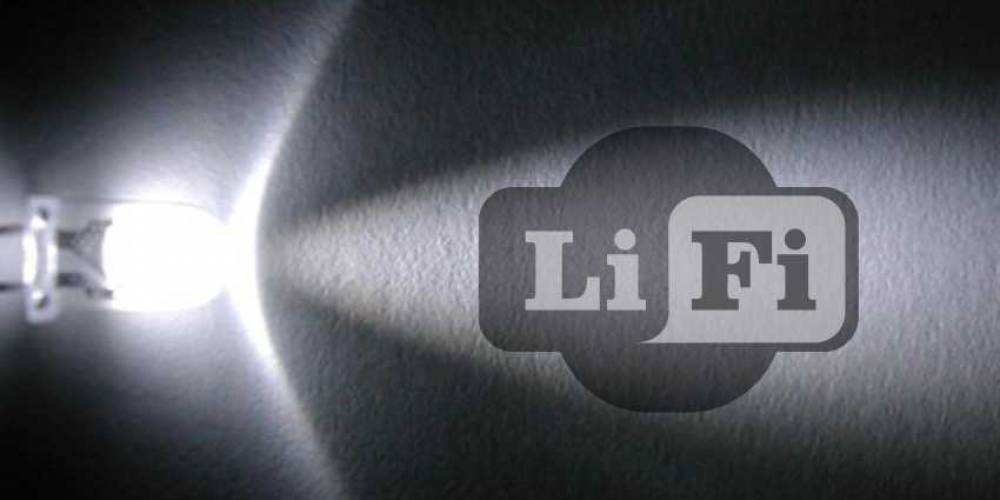What is Li-Fi & Why it is Important to Know?

Written by Mazhar Suleman

Li-Fi acronym of “Light Fidelity” comprises of a Visible Light Communications (VLC) system that enables wireless communications at very high speeds. The term “Li-Fi” was initially coined by Professor Harald Haas University of Edinburgh during a TED Talk in 2011. This was where Haas envisioned that light bulbs that could act as wireless routers.
Subsequently, in 2012, after four years of research & tough scrutiny, Haas set up a company by the name of “pureLiFi” with the aim of being a global leader in the world of Visible Light Communications technology.
How Does Li-Fi Works?

The architecture of Li-Fi comprises of a led lamp, a solar panel and a solar concentrator which helps all the data from the Internet to get streamed into the lamp driver. Now, the lamp driver passes on the data onto a led lamp which further sends the encoded data to the solar cells. The solar cells then decode the encoded data transmitted by the LED lamp. The procedure for encoding the data takes place with a sudden change of brightness of the light signal. The solar concentrator placed before the solar panel acts as an amplifier which increases the intensity of solar cells rapidly so that the data can be transmitted for a longer duration of time. Solar concentrators apart from magnifying the incoming solar radiation also then bends the incoming sun rays to further focus them on a specific point. In order to cause the bending & focusing effect, lenses are placed on top of every solar cell to gather more focused light, making them more efficient.
Working of this new system operates on the previous LI-FI technology mechanism but instead of photodiodes, it makes use of solar panels.
Li-Fi Vs. Wi-Fi: What’s Better?

Li-Fi and Wi-Fi are relatively similar as both transmit data electromagnetically. However, Wi-Fi employs radio waves, while Li-Fi utilizes visible light waves.
With Li-Fi, your regular light bulb acts as a router. Utilizing common household LED light bulbs for the enablement of transferring data, this innovative system can boast speeds of up to 224 gigabits per second.
On the other hand, Wi-Fi restricts the internet services to a confined area & can transfer data with a speed of approximately 800 kbps-50 mbps. Though Wi-Fi currently being applied in the market is far from being a secure communication protocol as compared to Li-Fi. The Li-Fi technology being operated by only light waves limits the use of any unwanted users.
Therefore, to overcome these limitations, the German scientist Harald Haas, came up with the idea of which is now known as Li-Fi (Light Fidelity).
Li-Fi runs in a visible spectrum and is more efficient and easily available. Li-Fi consists of a broad range of frequencies and wavelengths from the infrared to visible and finally down to the ultraviolet spectrum. The LED light bulb used to transfer the data blinks so fast that the human eye cannot capture it.
The Bottom Line: Li-Fi wins over Wi-Fi in all formats of the game
The Li-Fi technology can prove to be revolutionary not just in rural areas but also in developed countries. It helps bring down infrastructure cost and harnesses the energy from natural resources instead of creating more products from plastic thus making it more practical by all means. Considering its amazing benefits such as impressive speed, eased connectivity, security & practicality, Li-Fi is destined to be part of all mainstream technologies.
I hope you liked the post & if you’d like to know more about what’s going on in the world of technology, subscribe to our blog today.
Originally Published January 3, 2019 01:00 PM, Updated February 12, 2019.




